Tips on Writing Hero and Villain OCs
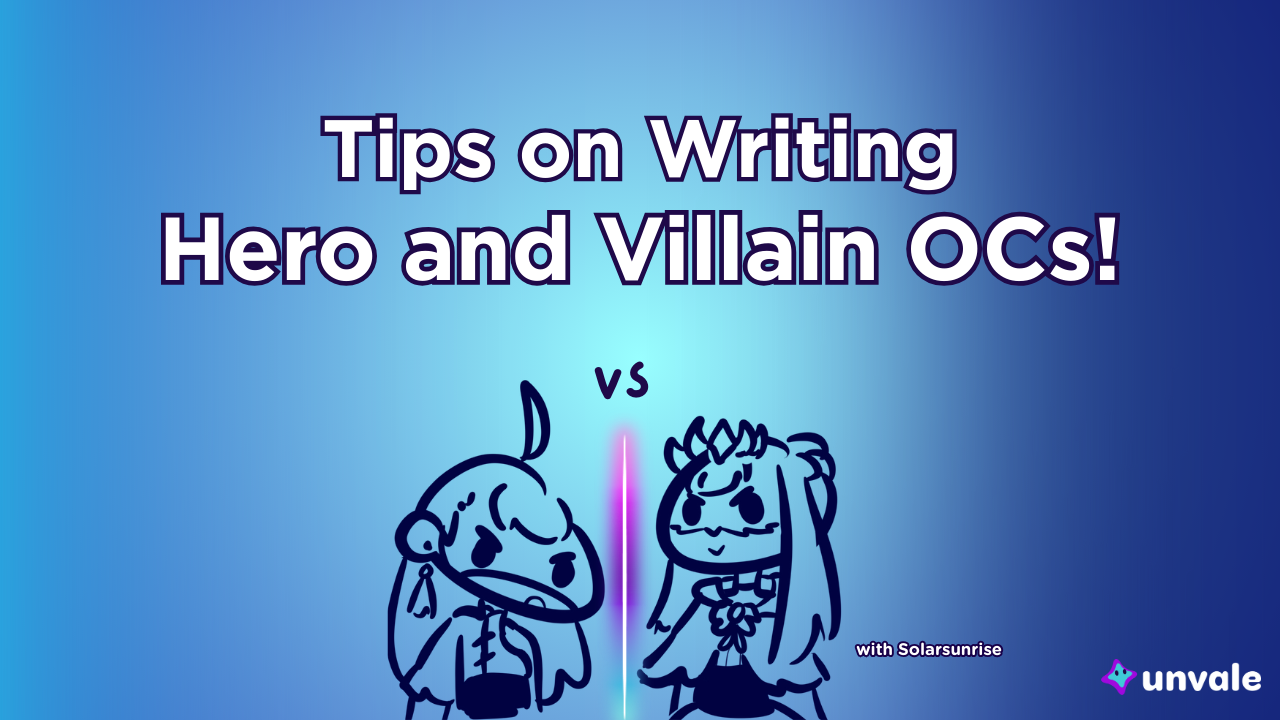
Before we start, let’s draw a line between heroes and villains and ‘protagonist’ and ‘antagonist’, as they are not the same things. The protagonist is the character we follow through a story; but not always the point of view (POV) character. Sherlock Holmes is a great example of that dynamic; Watson is the POV character, while Sherlock is the main protagonist, the focus of the story and events.
It’s also possible to have a villain as a protagonist and a hero as an antagonist; stories that follow criminals trying to outwit the police could be considered to be these sorts of narratives.
But if you are looking for the POV of the protagonist who is also considered the hero, a great example to look at is OllieDoesArt and their story The Cosmic Course Universe!
So, this leaves the definitions of hero and villain as “good guy” and “bad guy” in this case. We won't be covering the nuances of morally grey characters, but as a bonus, I will be discussing the tropes ‘anti-hero’ and the more elusive ‘anti-villain’ at the end of this article. But for now let’s start with tips!
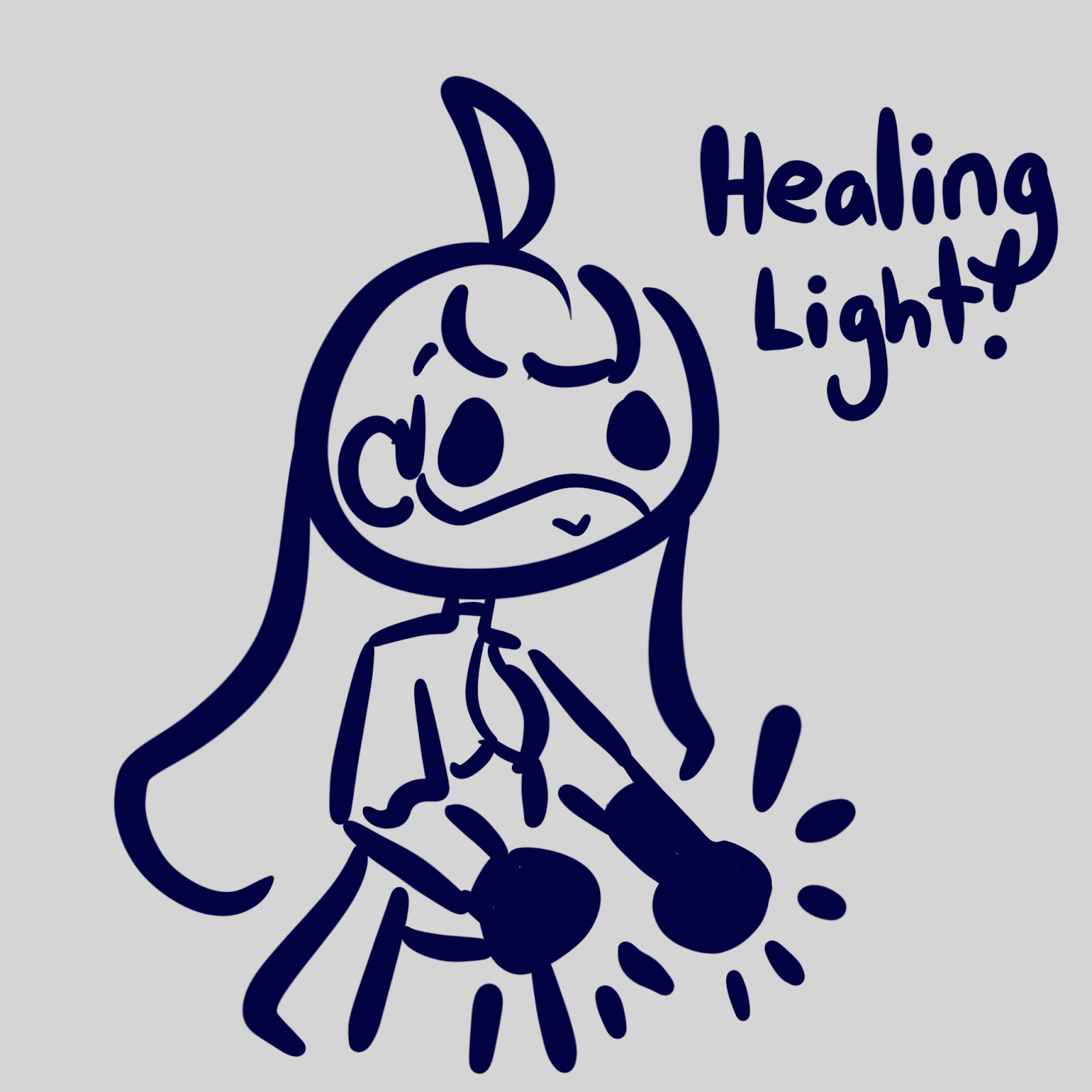
Tips on Writing Heroes
- The biggest thing to keep in mind when writing heroic characters is that they have some aspirational feature that people look up to. Heroes uplift us and make us feel like we can change the world or help others.
- Unless you want to write a moral paragon type character (a character like classic Superman, who always knows right from wrong and always does the right thing), always give your heroes flaws or weaknesses.
- In terms of weaknesses, this could be anything from kryptonite style weaknesses to a peanut allergy. Any weaknesses you come up with need to be brought up and used at some point to add some difficulty to your hero’s journey.
- In terms of flaws, this can range from anything like crippling anxiety or an addiction of some kind. Something that readers can relate to and connect with, and makes your hero more human.
- Show don't tell when it comes to proving your character’s heroic nature. Little gestures, the way they speak and interact with others; stuff like that.
- Telling your readers that your hero is a good person without proving it in the story can cause narrative dissonance (meaning your reader feels differently from the way you’re telling them to feel because of how you wrote it); however, if you want to use this effect to create an unreliable narrator villain protagonist, you can use it to great effect!
- Don't be afraid to give your heroes ‘non-heroic’ abilities. It’s the way they use their powers that shows their innate goodness, rather than being light and sparkly.
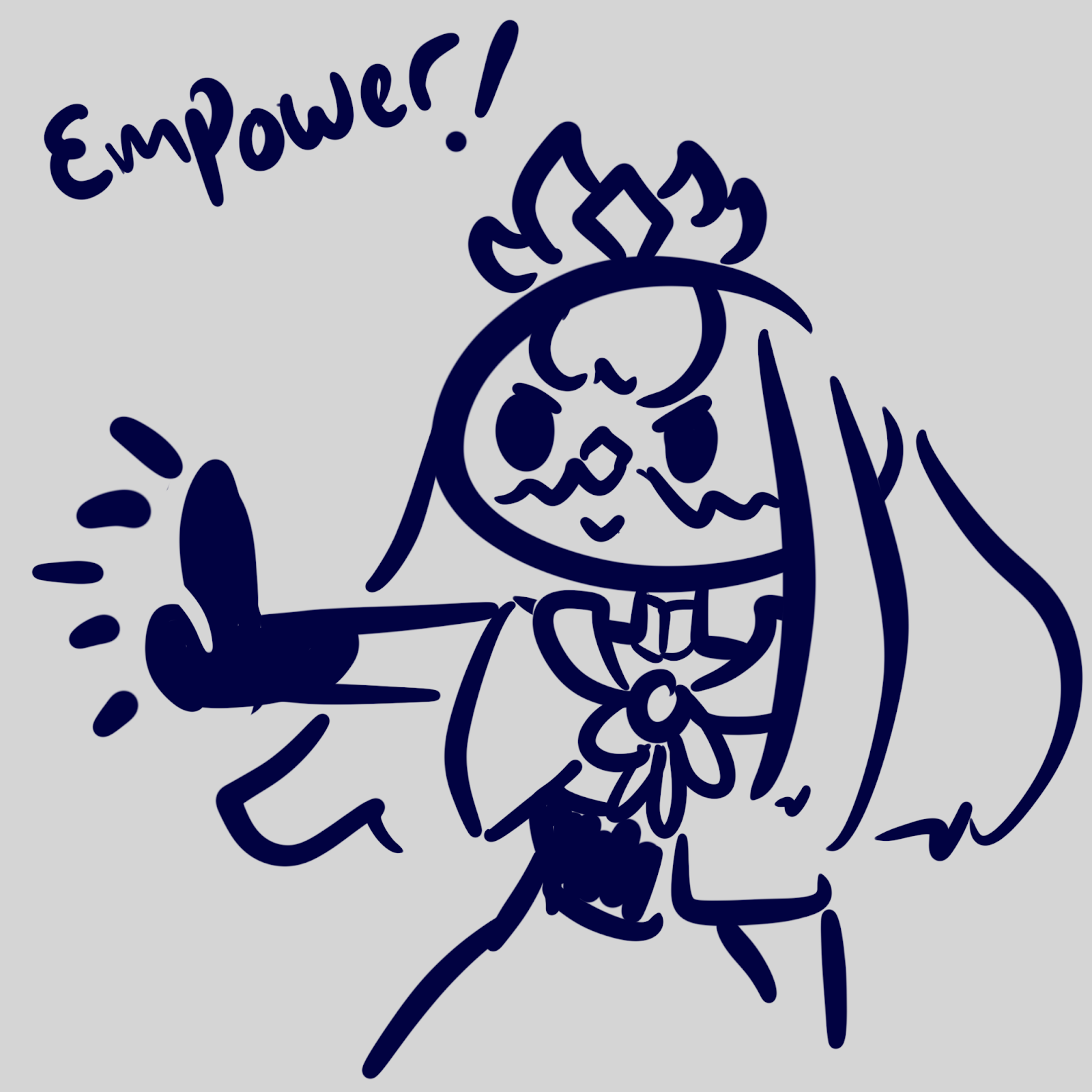
Tips on Writing Villains
- Follow similar principles to the writing heroes tips, but adjust them for villains.
- In opposition to heroes, traditionally villains are characters that represent negative traits in society. A villainous character embodies things that shouldn’t be aspired to, and that people should avoid.
- Depending on how much you want to focus on your villain, you can make them sympathetic and redeemable or completely irredeemable and terrible. Both options can be complex and nuanced with interesting backstory and motivations.
- Give your villain a clear motivation, even if you subvert it later and reveal you were tricking your audience. It’s completely okay to simply have a force of nature style villain who destroys simply because they exist, just like it’s okay to have a highly sympathetic and relatable villain.
- If your villain isn't always an antagonist, think about times where the hero and villain’s goals align and they can work together. This can lead to some interesting conflicts and adventures.
- Sometimes when there’s a hero and villain team up against a new threat, the villain can go through something called ‘villain decay’, where they become less scary and more comical. When writing situations like this, you need to ask yourself if you want to prevent villain decay or lean into it.
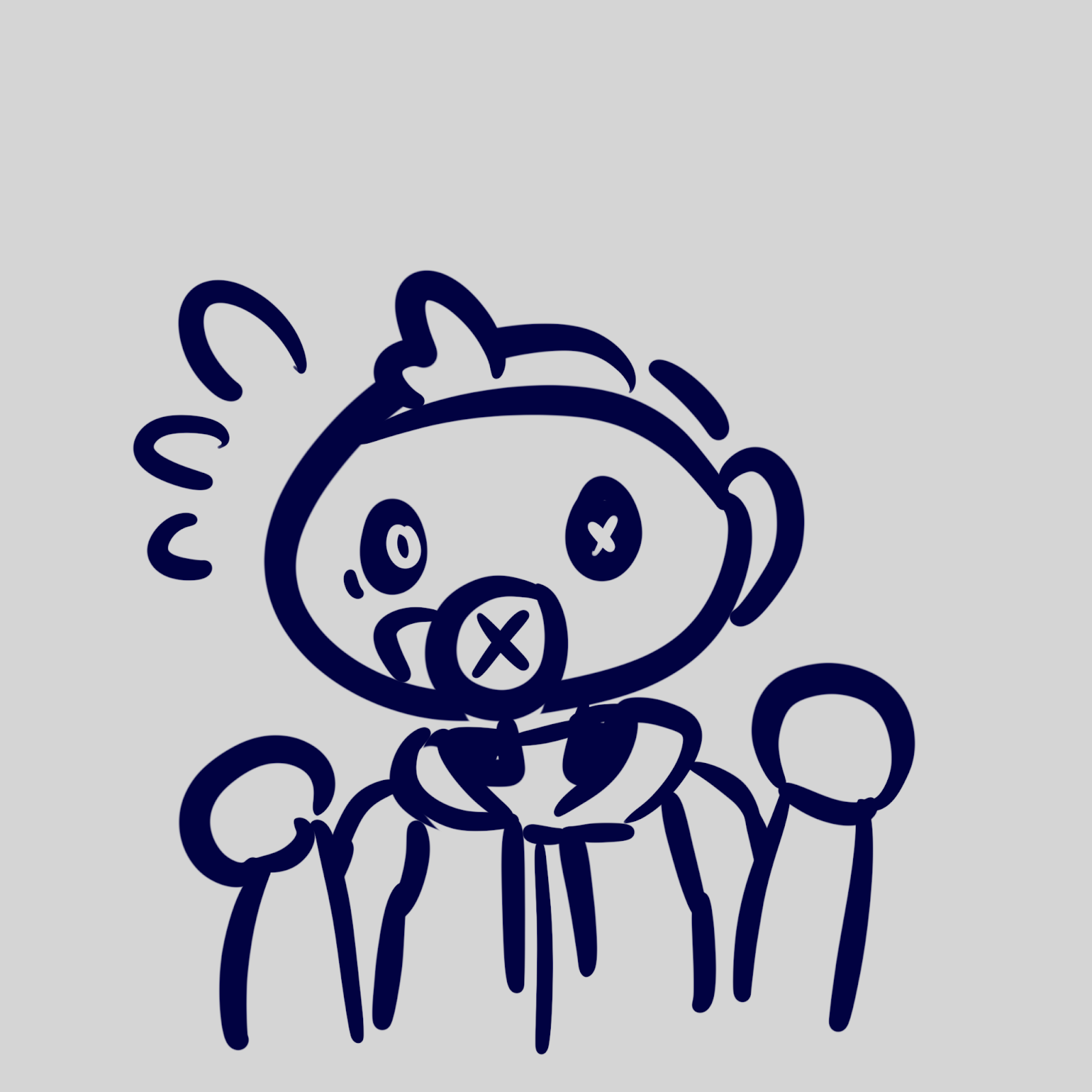
Anti-heroes and Anti-villains
The term ‘anti-hero’ originally meant a heroic character that doesn’t necessarily have the traits of what society expects a hero to be, and it still somewhat means that; the term became more commonly used in the age of gothic novels and poetry. Nowadays though, an anti-hero is more along the lines of characters like The Punisher; someone who’s using amoral tactics with a moral goal.
That’s actually what the definition of ‘anti-villain’ is too; except the anti-villain crosses the moral line into villainy (or is simply designated as such by the narrative). The two character archetypes can be a bit hard to distinguish when placed side-by-side, so it’s up to the audience to figure out the author’s intent and come to their own conclusions.
So, when writing an anti-hero or an anti-villain, you need to justify the actions of your hero and show that your villain is going too far; even when the two are doing the exact same action.
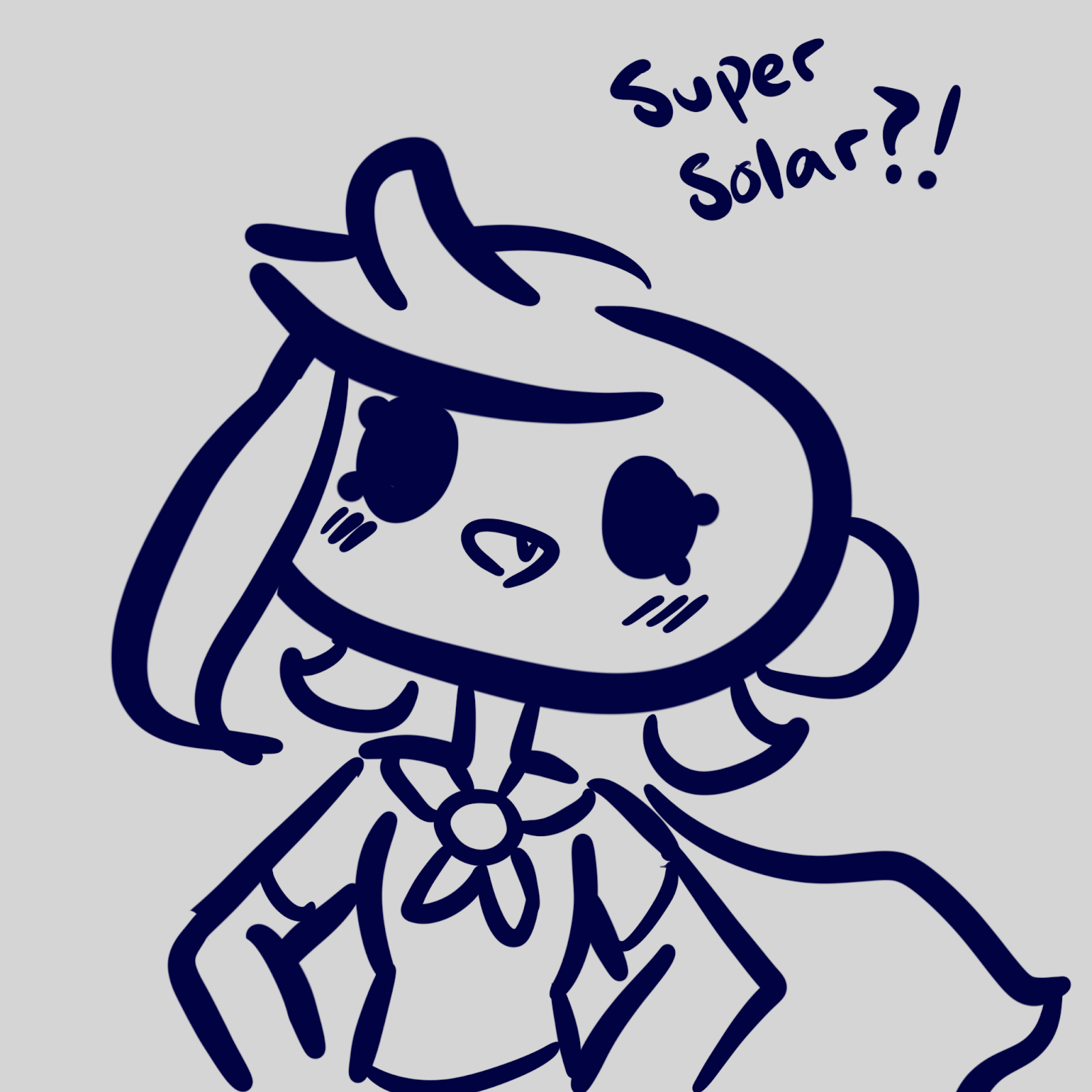
That’s that!
While writing all this, I couldn’t help but think of Unvale user FazDude’s OCs - looking for hero and villain characters? He’s your guy!
As for other tags and interesting characters on Unvale, check these out!
- The Spider-Verse tag, a super popular tag and fabulous collection of characters.
The superhero and supervillain tags, of course!

